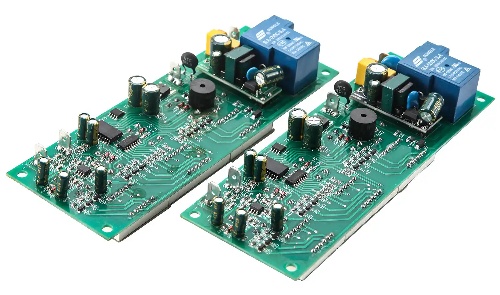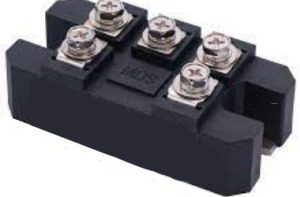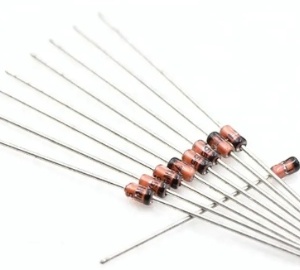Electronic Components Supplier | Transformers, Inductors, Inverters
Introduction
As solar energy becomes more popular, micro inverters are emerging as a game-changing technology for residential and commercial solar installations. Unlike traditional string inverters, micro inverters optimize energy production at the panel level, increasing efficiency and reliability. This guide explores how micro inverters work, their benefits, and why they might be the best choice for your solar power system.

What Is a Micro Inverter?
A micro inverter is a small device attached to each solar panel in a photovoltaic (PV) system. Unlike central string inverters, which connect multiple panels in series, micro inverters convert DC (direct current) to AC (alternating current) right at the panel. This means each panel operates independently, maximizing energy output even if some panels are shaded or dirty.
Key Features of Micro Inverters
✔ Panel-Level Optimization – Each panel works at peak efficiency.
✔ Shade Tolerance – Partial shading doesn’t drastically reduce system output.
✔ Easy Expansion – Add more panels without rewiring the entire system.
✔ Real-Time Monitoring – Track performance per panel via software.
Micro Inverter vs. String Inverter: Which Is Better?
When choosing between micro inverters and string inverters, consider these differences:
| Feature | Micro Inverter | String Inverter |
|---|---|---|
| Efficiency | Higher (per-panel optimization) | Lower (affected by weakest panel) |
| Shading Impact | Minimal reduction | Significant power loss |
| Cost | Higher upfront cost | Lower initial investment |
| Maintenance | Easy to replace individually | Entire system may need shutdown |
| Scalability | Easy to expand | Limited by inverter capacity |
Best Choice? Micro inverters are ideal for roofs with shading issues or complex designs, while string inverters may suit budget-conscious users with uniform sunlight exposure.
Top 5 Benefits of Using Micro Inverters
- Higher Energy Production – No “weakest link” effect, unlike string inverters.
- Improved Safety – Lower DC voltage reduces fire risks.
- Longer Lifespan – Typically 25+ years (vs. 10-15 years for string inverters).
- Flexible Installation – Works with different panel types and orientations.
- Advanced Monitoring – Detect underperforming panels instantly.
How to Choose the Best Micro Inverter
When selecting a micro inverter, consider:
✔ Power Rating – Match your solar panel’s wattage (e.g., 250W-400W per panel).
✔ Efficiency – Look for >95% conversion efficiency.
✔ Warranty – 25-year warranties are common for top brands.
✔ Compatibility – Ensure it works with your solar panels and racking system.
✔ Monitoring Software – Check for user-friendly apps (e.g., Enphase Enlighten).
Best Micro Inverters in 2024
- Enphase IQ8 Series – Most advanced, works during blackouts (with battery).
- APsystems QS1 – Dual-panel micro inverter, cost-effective.
- Chilicon Power CP-720 – High efficiency, ideal for commercial use.

Common Micro Inverter Myths Debunked
❌ “Micro inverters are too expensive.” – Long-term savings outweigh upfront costs.
❌ “They fail more often.” – Modern micro inverters are highly reliable.
❌ “Only for small systems.” – Scalable for large residential/commercial setups.
Conclusion
Micro inverters offer superior performance, safety, and flexibility compared to traditional string inverters. Whether you’re installing a new solar system or upgrading an existing one, micro inverters can maximize energy production and provide real-time insights into your system’s health.







